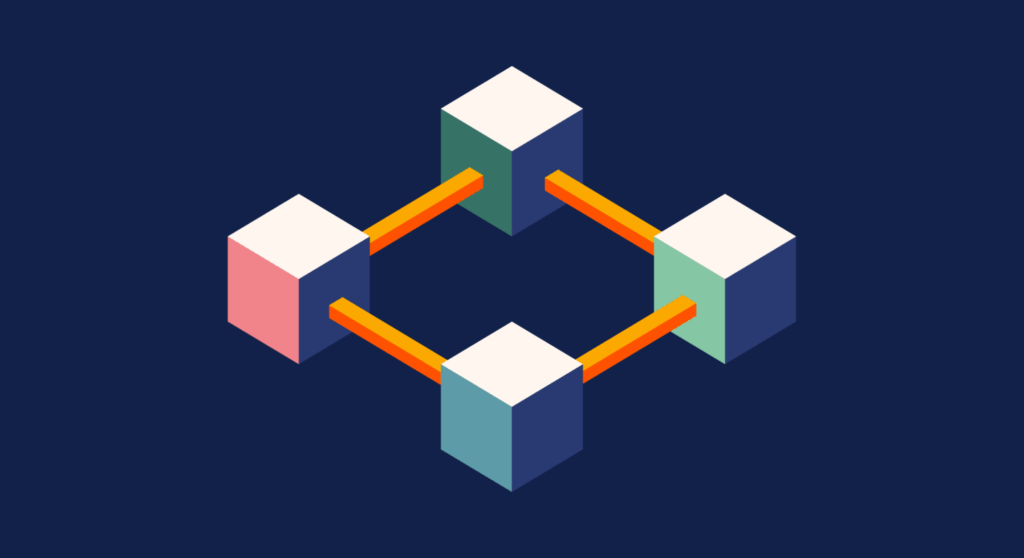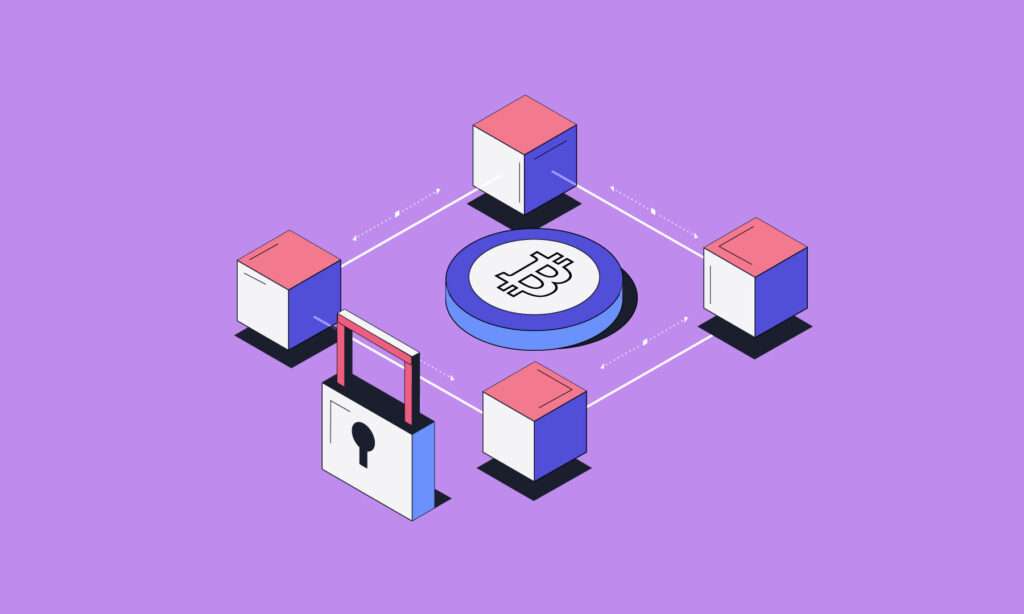Blockchain, a decentralized digital ledger, that securely records transactions across network of computers, ensuring transparency without central authority. Each verifies transaction is grouped into blocks and linked chronologically, forming an unalterable chain.
Using consensus mechanisms like Proof of Work and Proof of Stake, blockchains ensures trust and accuracy. Despite challenges such as scalability and energy use, its applications in finance, healthcare and logistics highlight its potential to revolutionize secure and transparent data management worldwide.
BLOCKCHAIN, A DECENTRALIZED DIGITAL LEDGER: UNDERSTANDING THE CONCEPT OF BLOCKCHAIN
Blockchain, a decentralized digital ledger, that record transactions across multiple computers in a way that ensures transparency, security and immutability. Instead of relying on a central authority such as a bank or government, blockchain uses a distributed network of nodes that work together to verify and record transactions. Each transaction is grouped into “block” and once verified, it is added to a chronological chain of previous blocks, hence the term “blockchain”.

This structure prevents data from being altered retroactively without altering all subsequent blocks, which would require the consensus of the network. Blockchain technology first gained prominence with the creation of Bitcoin in 2009 but has since evolved beyond cryptocurrency. It now serves as the foundation for applications in finance, supply chain management, healthcare and digital identity verification
Read also:
.TECHNOLOGY AND E-COMMERCE DATABASE
THE MECHANISM BEHIND BLOCKCHAIN TRANSACTIONS
Block chain, a decentralized digital ledger, when a user initiates a transaction on a block chain, it is broadcast to a network of computers known as nodes. These nodes use cryptographic algorithms to validate the transaction’s authenticity and ensure the sender has sufficient assets or permissions. Once validated, the transaction combined with others to form a block, before a block can be added to the chain, it must be verified through a consensus mechanism such as Proof of Work (PoW) or Proof of Stake (PoS).

Proof of Work involves solving complex mathematical puzzles to validate transactions, a process that ensures security but consumes significant energy. In contrast, Proof of Stake selects validators based on number of tokens they hold, making a more energy-efficient. After consensus is reached, the block is permanently added to the block chain and distributed across all network participants, ensuring that every copy of the ledger remains identical and temper-proof.
BENEFITS, CHALLENGES AND FUTURE POTENTIAL
Block chain, a decentralized digital ledger, offers numerous advantages, including enhanced security, transparency and efficiency. Since every participant holds a copy of ledger, data tampering is nearly impossible and all transactions can be traced back to their origin. This makes block chain particularly useful for industries that require trust, such as finance, logistics and healthcare. Additionally, blockchain eliminates intermediaries, reducing costs and transaction times.

However, blockc hain faces challenges like scalability, energy consumption and regulatory uncertainty. The need for high computational power in some consensus models can make it inefficient and environmentally taxing. Despite these challenges, blockchain’s potential continues to expand, with the innovations like smart contracts, decentralized finance and non-fungible tokens paving the way for a more transparent and autonomous digital economy. As technology matures, blockchain could transform how the world exchanges information and value securely.
.


